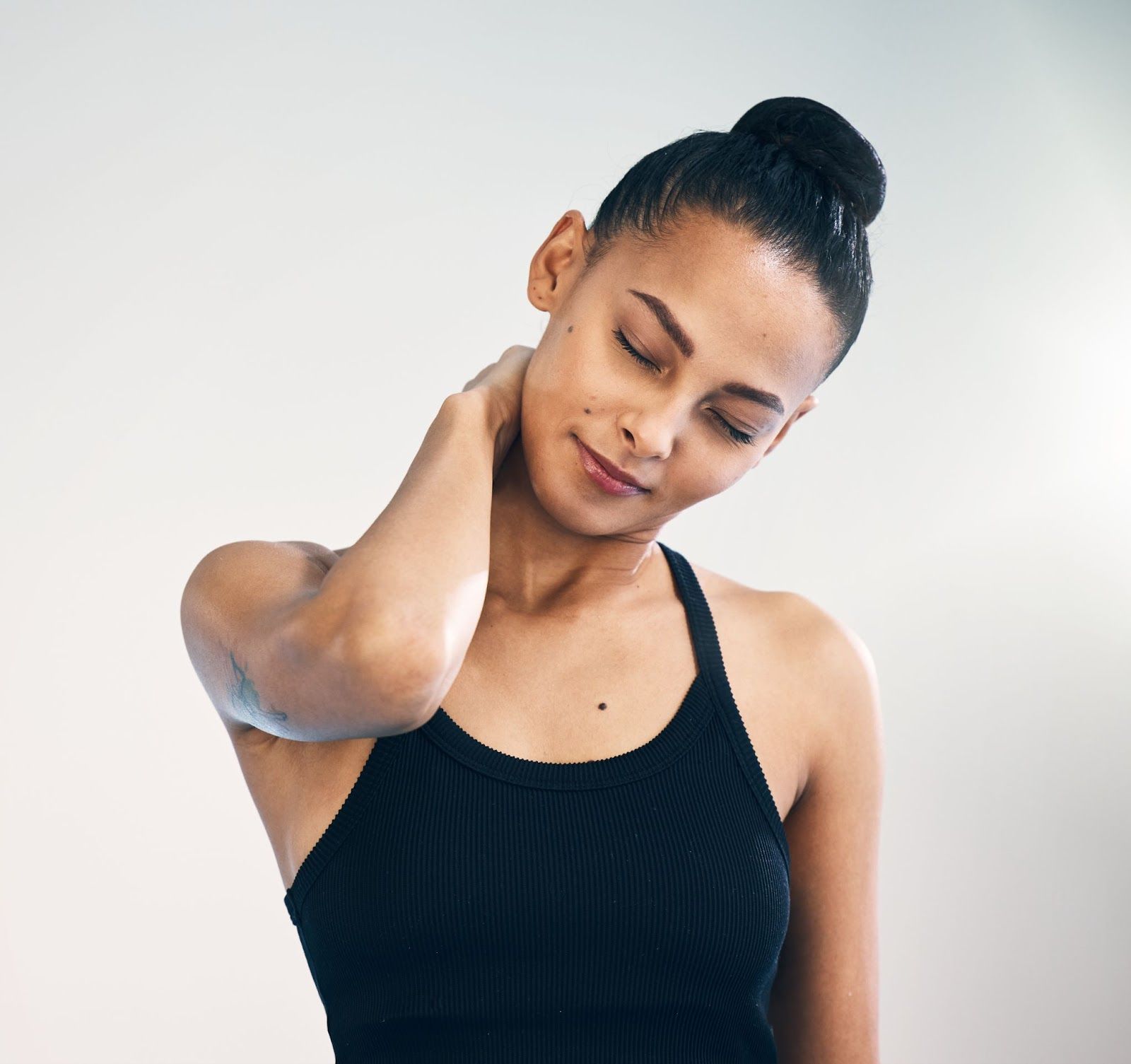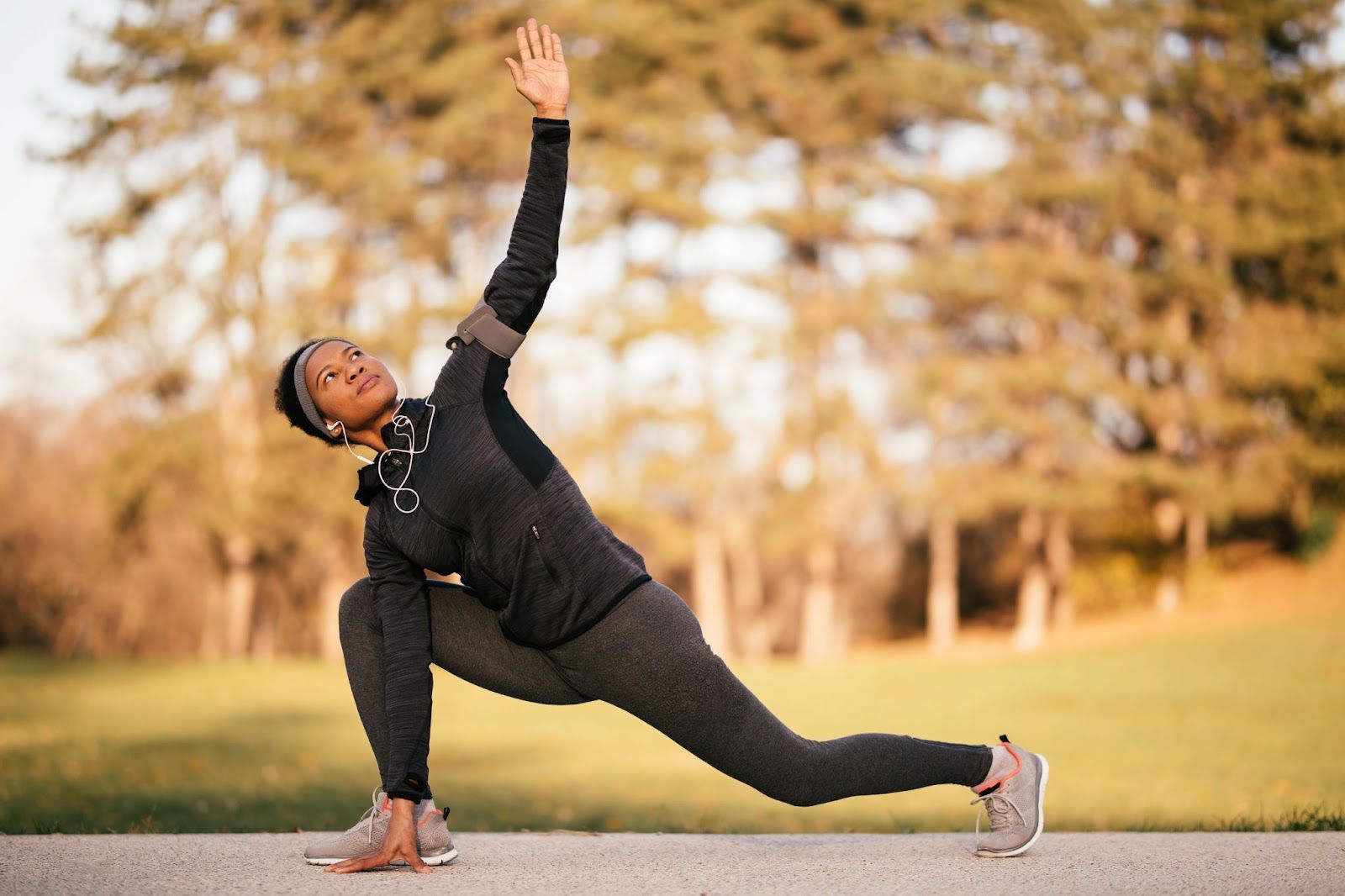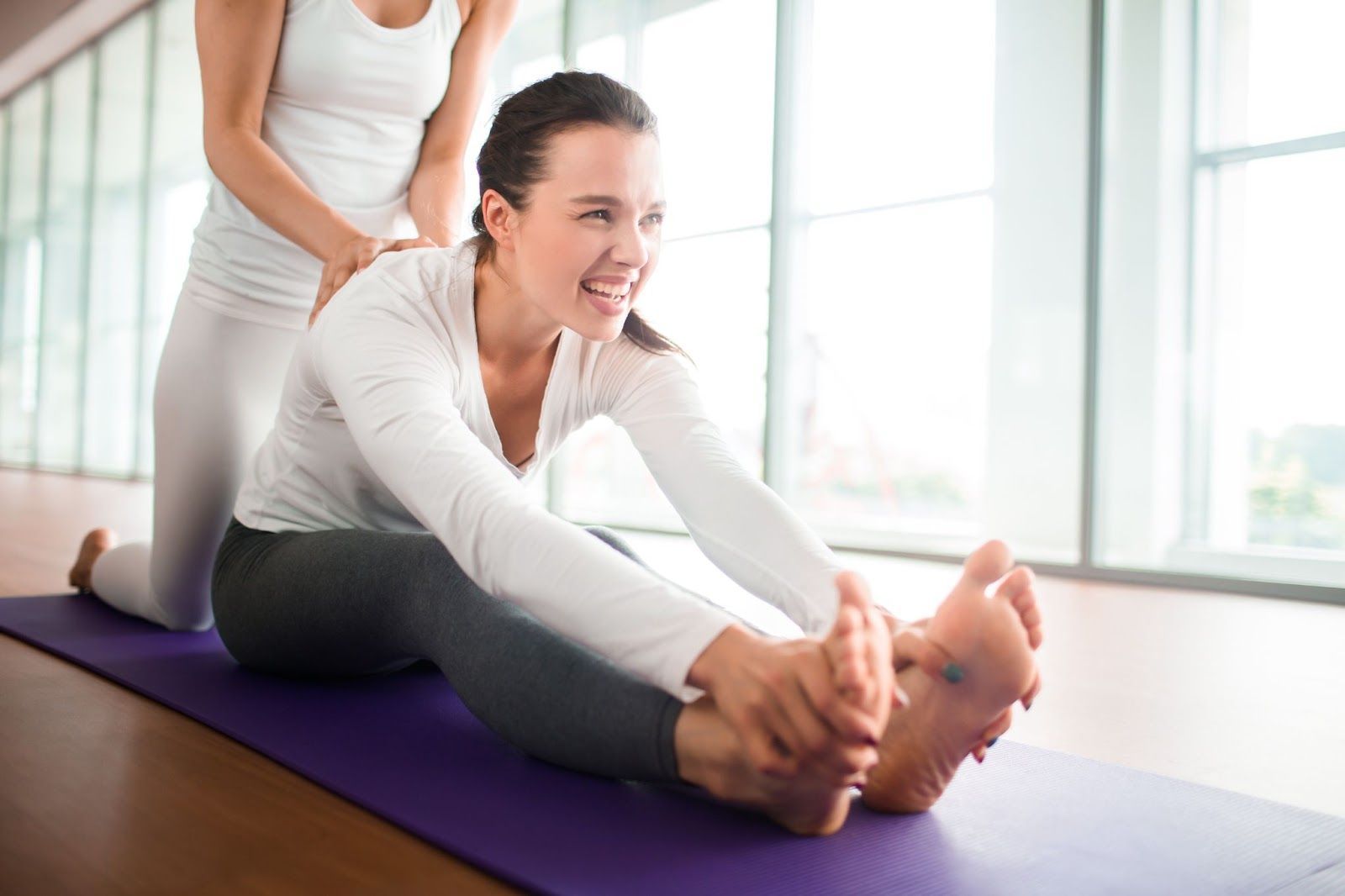Call us at (909) 674-0071
The Connection Between Stretching and Better Sleep
Unlocking the Secret to Better Sleep
In the quest for better sleep, we often explore various strategies, from adjusting our sleep environment to adopting different bedtime routines. One often overlooked but highly effective practice is stretching. The link between stretching and improved sleep might not be immediately apparent, but the benefits are significant. In this blog post, we'll unravel the knots and delve into the connection between stretching and achieving a restful night's sleep.
The Physical Release of Tension
One of the primary ways stretching contributes to better sleep is through the physical release of tension. Throughout the day, our bodies accumulate stress and tension in various muscles. Whether from sitting at a desk, engaging in physical activities, or carrying the weight of daily responsibilities, our muscles can become tight and fatigued. Stretching helps alleviate this tension, promoting relaxation and signaling to the body that it's time to unwind.
The Role of the Nervous System
Stretching activates the parasympathetic nervous system, often referred to as the "rest and digest" system. This system counterbalances the sympathetic nervous system, responsible for the body's "fight or flight" response. By engaging in gentle, elongating stretches, we stimulate the parasympathetic nervous system, signaling to the body that it's time to relax. This shift in the nervous system's activity prepares the body for a more tranquil and restful state, setting the stage for better sleep.
Improved Circulation
Stretching promotes better blood circulation throughout the body. As we stretch, blood flow to the muscles increases, delivering essential nutrients and oxygen. This improved circulation not only aids in muscle recovery but also enhances the overall functioning of the body. With optimized blood flow, the body can transition more smoothly into a state of relaxation, promoting a sense of calmness that is conducive to a good night's sleep.
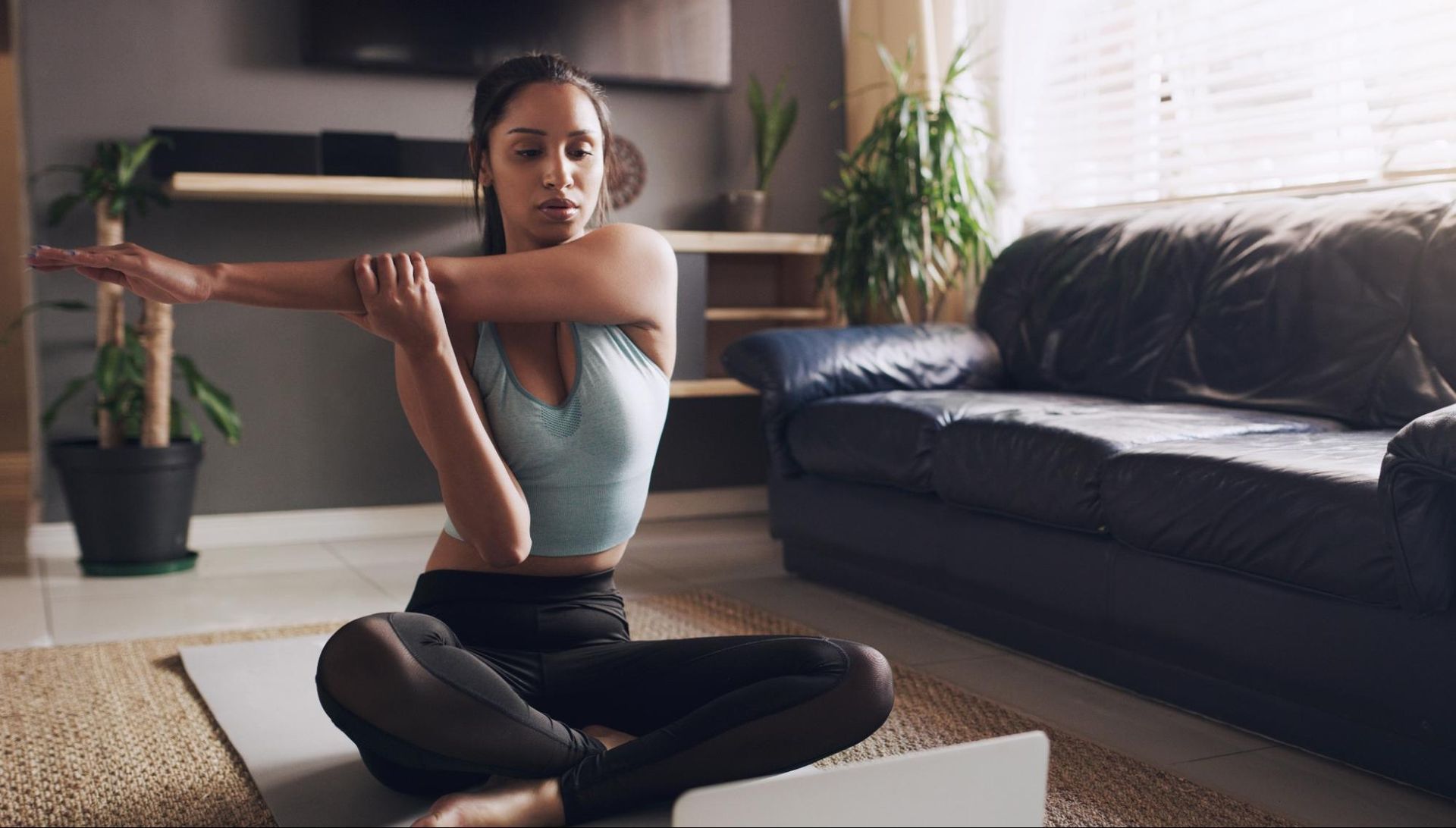
Reduced Muscle Soreness
For those who engage in regular physical activity, muscle soreness can be a common obstacle to restful sleep. Stretching plays a crucial role in reducing muscle soreness by increasing flexibility and promoting the efficient recovery of muscle tissue. As we stretch, we release built-up lactic acid and other byproducts of muscle activity, preventing stiffness and discomfort that could otherwise disrupt sleep.
Enhanced Mind-Body Awareness
The practice of stretching fosters a connection between the mind and body. Tuning into the sensations of stretching encourages mindfulness, creating a mental space where one can let go of the day's stresses and focus on the present moment. This mind-body awareness can be a powerful tool in quieting the mind before bedtime, alleviating anxiety, and paving the way for a more serene sleep environment.
Incorporating Stretching Into Your Bedtime Routine
To harness the benefits of stretching for better sleep, consider incorporating a gentle stretching routine into your bedtime ritual. Focus on stretches that target major muscle groups, such as the neck, shoulders, back, and legs. Perform each stretch slowly and deliberately, holding each position for about 15-30 seconds. This deliberate and mindful approach enhances the relaxation response and prepares the body for a restful night ahead.
Stretching Techniques for Better Sleep
Neck and Shoulder Stretch
Gently tilt your head to one side, bringing your ear toward your shoulder, and hold. Repeat on the other side. This helps release tension in the neck and shoulders.
Cat-Cow Stretch
On hands and knees, arch your back upward, then dip it down, lifting your head. This stretch promotes flexibility in the spine, easing tension in the back.
Seated Forward Bend
Sit with your legs extended in front of you, reach for your toes, and hold. This stretch targets the hamstrings and lower back, promoting relaxation.
Child's Pose
Kneel on the floor, sit back on your heels, and reach your arms forward. This stretch gently stretches the back, hips, and thighs, inducing a sense of calm.
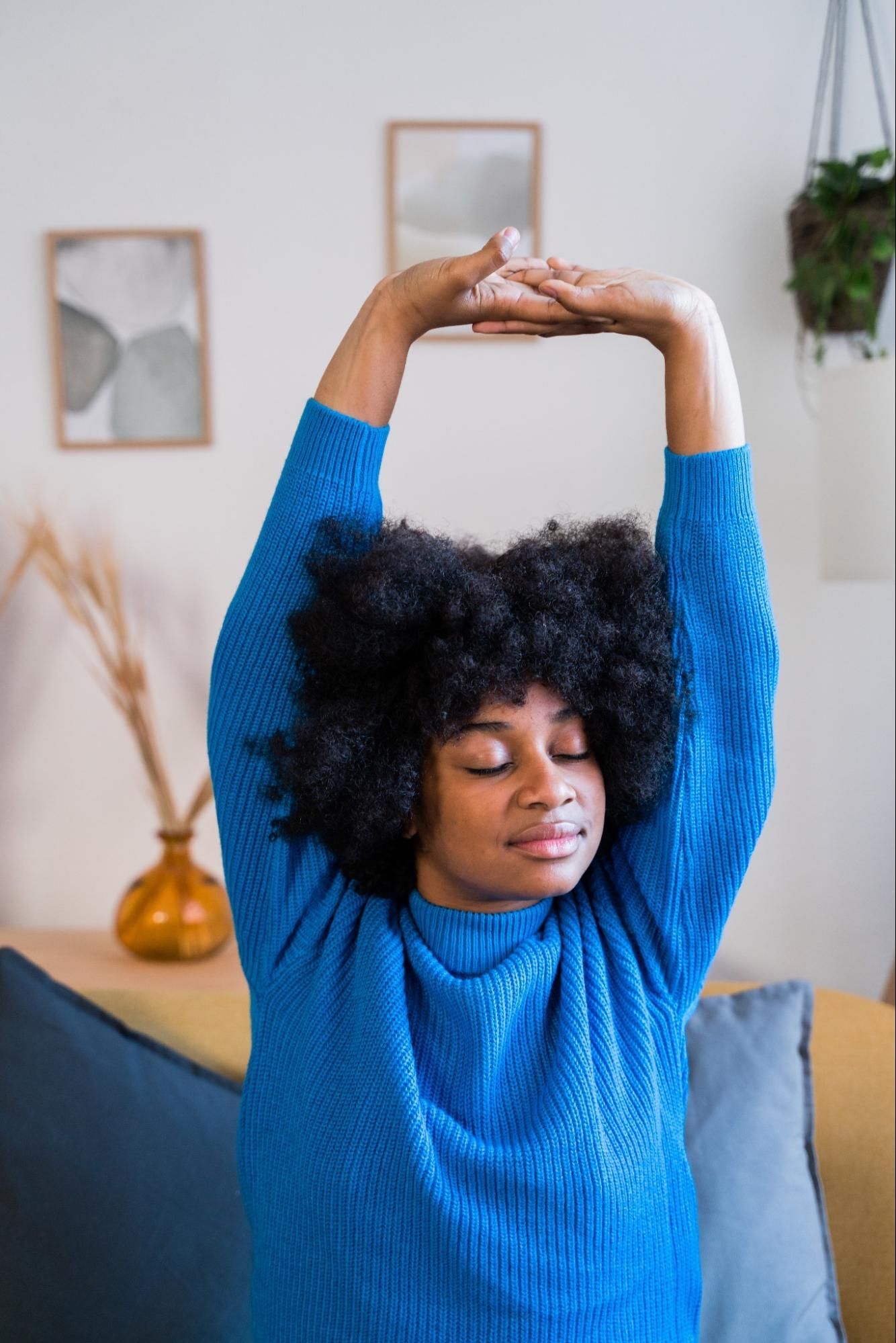
Relax Your Mind and Body Through Stretching
In the pursuit of better sleep, stretching emerges as a simple yet powerful tool that contributes to physical and mental relaxation. By releasing tension, engaging the parasympathetic nervous system, improving circulation, and fostering mind-body awareness, stretching sets the stage for a restful night's sleep. So, before you dive under the covers, take a few moments to unravel the knots with some gentle stretches. Your body and mind will thank you as you drift into a peaceful and rejuvenating sleep. Check out the StretchX blog for more tips on how to bring stretching into your daily routine.
Certified Stretch Instructor
Phone: (909) 674-0071
Business Hours: Monday to Friday: 8am - 7pm • Saturday: 7am - 1pm
All Rights Reserved | StretchX

